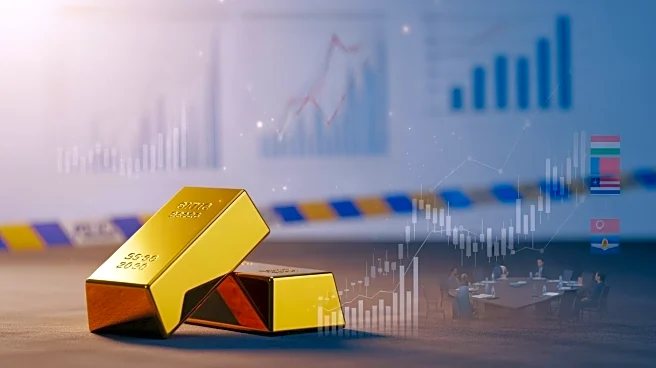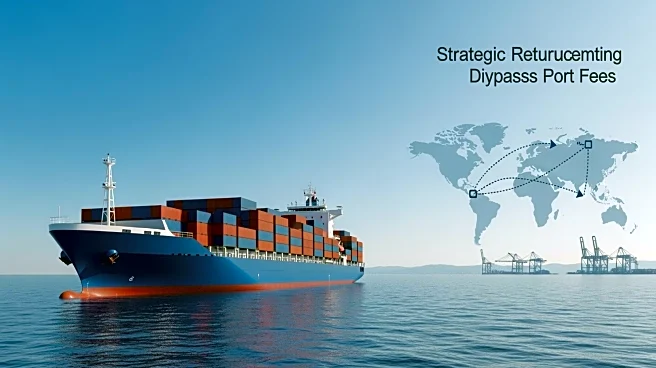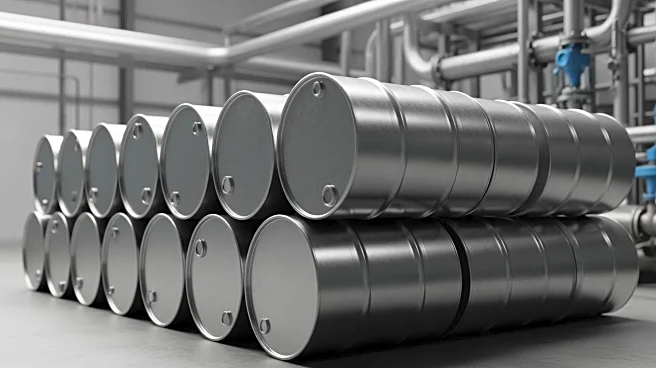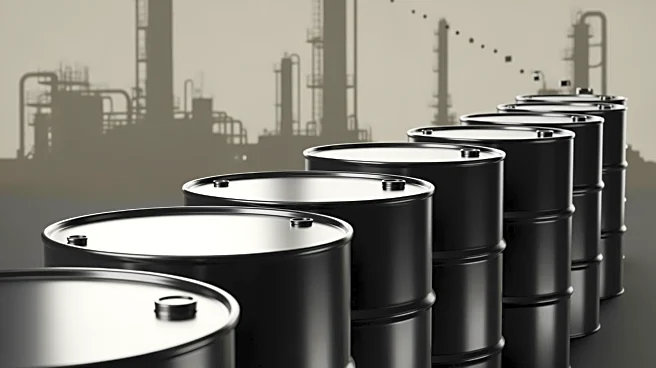What's Happening?
Oxford Economics has projected that commodity prices will stabilize by mid-2026, with a recovery anticipated to begin in 2027. This forecast follows an expected aggregate price decline of 1.3% in 2025
and 1.4% in 2026, as measured by the S&P Goldman Sachs Commodity Index. The stabilization is expected as economic activity strengthens and the impact of tariffs and uncertainty diminishes. Lead Economist Stephen Hare notes that US tariffs have delayed investment spending, affecting industrial activity and construction, which in turn reduces demand for energy and metals. Agricultural commodities, while generally less sensitive to business cycles, are facing challenges from strong harvests and trade disruptions. A weaker US dollar is enhancing foreign purchasing power and boosting US export competitiveness, providing some support to demand.
Why It's Important?
The stabilization of commodity prices is significant for various sectors, including energy, agriculture, and metals. Natural gas and precious metals are expected to perform well due to strong export flows and safe-haven demand. However, oil, agricultural commodities, and base metals may continue to face pressure from oversupply and subdued industrial demand. This forecast suggests a mixed outlook for investors, with bullish sentiment in US natural gas aligning with strong fundamentals, while optimism in industrial metals may be premature due to elevated demand risks. The broader economic implications include potential shifts in investment strategies and trade dynamics, influenced by changing commodity prices and economic conditions.
What's Next?
As commodity prices stabilize, stakeholders in the energy, agriculture, and metals sectors may need to adjust their strategies to align with the anticipated recovery. Investors might reassess their positions, particularly in industrial metals, where demand risks remain high. The ongoing impact of US tariffs and global trade disruptions will continue to influence commodity markets, requiring businesses to navigate these challenges strategically. Monitoring economic indicators and policy changes will be crucial for anticipating further developments in commodity pricing and market dynamics.
Beyond the Headlines
The stabilization of commodity prices could have long-term implications for global trade and economic policies. As tariffs and trade disruptions ease, there may be opportunities for increased international cooperation and investment. Additionally, the performance of natural gas and precious metals could influence geopolitical relations, particularly in regions reliant on these resources. The evolving commodity landscape may also prompt discussions on sustainable practices and resource management, as industries adapt to changing economic conditions.











